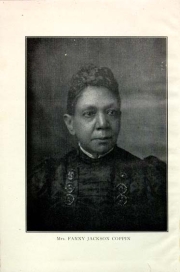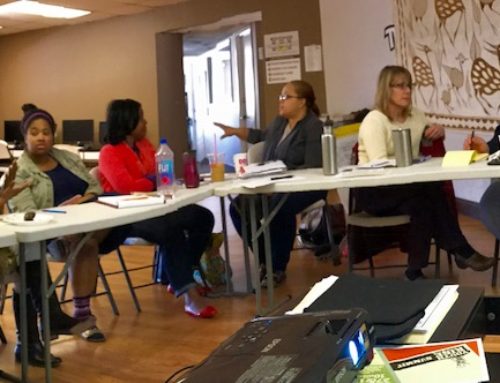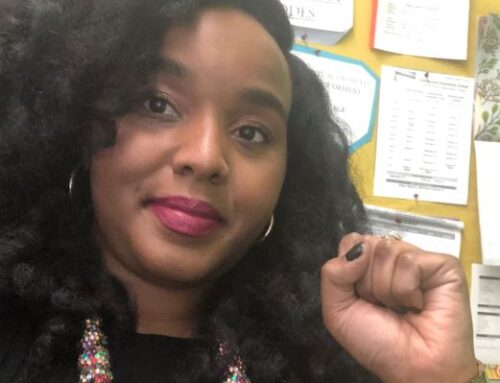Baltimore’s Black community has been fighting for adequate public education for our children since the Baltimore City Public School system was established in 1829. Many of the issues we were fighting for in the 19th century we are still struggling to acquire today. Initially we merely sought access to the public schools. While we paid taxes that supported the schools our children were barred from attending them. Once we did gain access in 1867 we had to fight for decent school facilities and Black teachers. Many of the buildings provided for the “colored schools” were provided by the Black community such as churches and meeting halls. The buildings provided by the city were deplorable. There was one school that was near a gutter that the children had to walk through to get to the school and they would track human waste into the building on the bottom of their shoes and feet. The buildings were cold in the winter and hot in the summer. Books, supplies and curriculum were substandard. The prevailing notion was that Blacks only needed a limited amount of education because they were incapable of learning at the same level as whites and since they were only good for menial employment it would be a waste to attempt to teach them at the same level as whites. This was the attitude of the white teachers that were in charge of the colored schools and why Baltimore’s Black community fought for “Colored Teachers for the Colored Schools.” It took bold new leaders of the Black community to win this campaign. Men like the Rev. Harvey Johnson of Union Baptist Church who established the Brotherhood of Liberty and Harry S. Cummings, Baltimore’s first Black councilman whose campaign slogan was “Colored Teachers for the Colored Schools.” Through the efforts of Baltimore’s new leaders by 1907 all of the colored schools had all Black faculty and administrators. From 1907 to the Brown v. Board of Education Era Baltimore’s Black teachers and administrators instilled a since of racial pride and uplift and created a shared identity within the community. Following the Brown decision and the desegregation of the Baltimore city public schools the colored school system was dismantled and the focus on developing a shared identity and racial uplift in Baltimore’s Black youth has waned. Education in the Brown Era really had the chance to level the playing field for all. However, as the city became a Chocolate City by the 1970’s white flight to suburbia left the city and the school system struggling for funds to adequately and appropriately educate the predominantly Black school system the white flight left behind. Through the post-Brown years the focus of the schools has shifted from educating students to develop a worldview that is relevant to their reality to achievement on high stakes testing in order to secure funding. With a dismal graduation rate and completely unacceptable dropout rate for Black youth, particularly male students as proof, what we have been doing over the last 50 years has not been successful and revolutionary changes need to be implemented. In part two of this blog I discuss a new model to revolutionize teaching and to move our community forward.
Watch Fifty Shades Darker (2017) Full Movie Online Streaming Online and Download






Leave A Comment